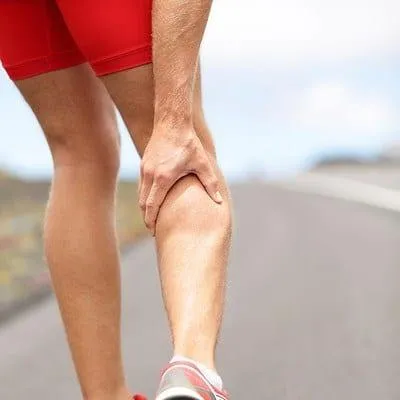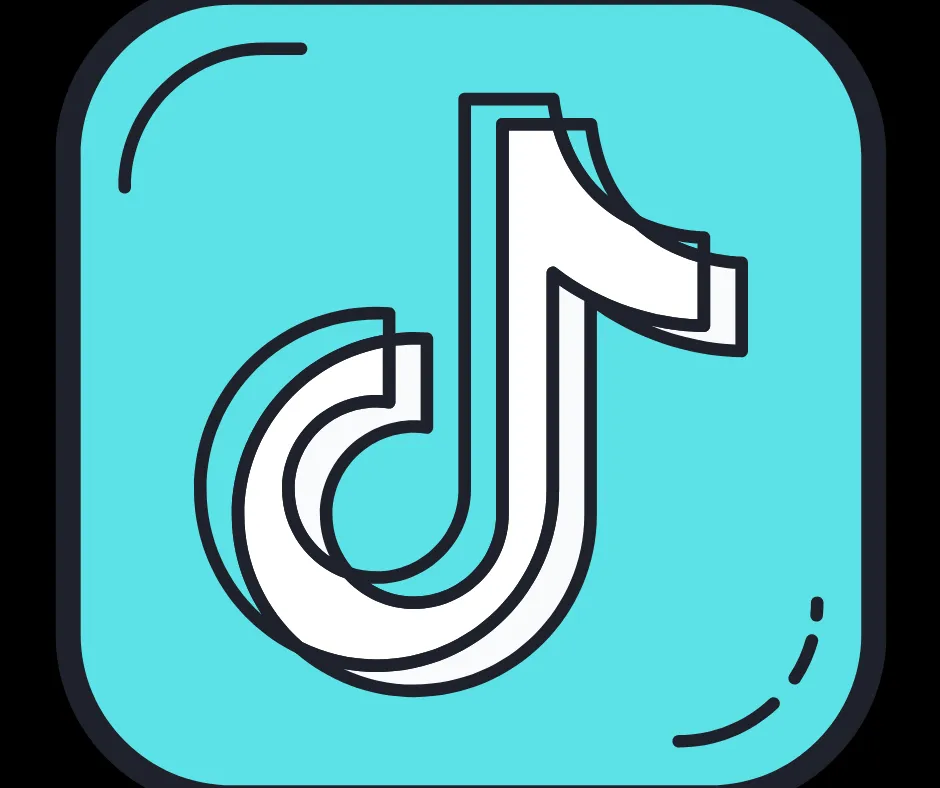NEED HELP? BOOK A CALL

TIGHT CALVES LEAD TO BACK PAIN
“ Rebuild YOU, Heal Your Pain Through Correct Movement - For Long Term Results.” - Lisa Maclean

Let's start with the fascia in your body
Your body has huge sheets of tissue called fascia, which wrap every muscle and interconnect throughout the body. Big sheets of fascia extend from the feet, up the back of your legs to your buttocks and low back.
When bending forward, squatting and reaching, this tissue should elongate and stretch.
However, with chronic tightness or injury, this tissue can become inflexible, causing problems.

It is quite common with every day tasks for your calf and hamstring muscles to become tighter. This increases the pull on your low back when walking or moving.
When the calf muscles tighten, there is difficulty in straightening the knee while walking. This causes restricted movement in the knees as well as the hips, which ultimately shortens your walking stride.

You have 2 muscles that make up your calves.
The gastroc muscle is responsible for creating traction on the backside of the shin bone to pull it upwards toward the back of the thigh to bend the knee. The role of the soleus muscles, on the other hand, is to maintain stability and posture while walking.
As the calf muscles tighten, they can reduce movement at the ankle joint. This can limit the range of motion in the ankle, which shifts the body’s centre of mass forward. This causes muscles in the lower back to overwork in order to maintain an upright posture, gradually leading to an abnormally deep low back curve.
As a result, the spine becomes increasingly curved, leading to low back pain.
Calf tightness and low back pain can be caused by flat feet. When the foot arch flattens on the ground, it creates a chain reaction in which the shin and thigh bones twist inwards.
This places excessive stress on the knees and hips, causing the hip angle to increase and tilt forward.
In some cases, calf tightness may cause a flatfoot posture. Since there is restricted movement in the ankle and knee, the shape of the foot arch is forced to flatten in order to make up for reduced ankle range of motion. Over time, this causes a flatfoot posture to develop which can add more stress on the lower body.
In the event of tightness in the calf muscles, a normal hip swing is prevented and there will be a shortening in stride while walking.


Solving the Mystery “Behind” Constantly Tight Calves and Low Back Muscles
The butt. It’s a beautiful thing….at least in my line of work when creating function throughout the body, improving athletic performance or getting someone out of pain.
And most butts need a kick in the butt to get going. It’s such a problem, in fact, that I typically use it as the first example to show my clients why they’re struggling. It’s almost epidemic.
Okay, so what does that have to do with constantly tight calves and low back muscles?
Muscles don’t make decisions, they don’t have brains.
They require your nervous system to act as the master.
Your nervous system is the driver behind getting you from one place to another.
Therefore, when your butt test weak it’s not really a muscle strength issue…it’s more accurate to say it’s a muscular control issue (aka, how your nervous system creates movement patterns).
Your nervous system creates patterns of movement involving muscles throughout the body in order for you to complete a task.
It doesn’t care about which muscles get used, only that the “task” is completed.
So what does that have to do with tight calves and low back muscles?
The easiest example to picture is walking…
The gluteus maximus is a primary muscle used to propel you from one foot to the other. It’s an important muscle during the “stance and push off” phase of gait.

If you’ve got a case of “glute amnesia” on one side (or both sides) then your body will have to figure out another way to drive you forward. The result is use of a movement pattern that has tweaked which muscles get used during that side’s “stance and push off” phase when you walk or run.
But done over and over, day after day for a period of time changes the beauty of adaptability into the frustration of compensation.
The butt is important to pull your hip into extension, which brings your body’s centre of mass in front of the ankle. Momentum helps your muscles finish the job of propelling you forward.
Now.... Let's move into tight calves and low back muscles
So how does the body compensate to drive you forward if the butt muscle isn’t effectively used?
Option #1 Is to use the calves. The calf muscles are used to get a “push” of the foot into the ground. This simple activity is part of the normal gait process. But when the hip has not fully extended then the calf muscle must work over-time.
Option #2 Is to use the low back muscles as the “new butt”. If the buttocks won’t extend the hip then the body will try to create “extension” wherever it can. By activating the low back extensors, the body’s centre of mass is pushed forward to mimic the same shift that extension of the hip would create.
So if you’ve identified low back or calf tightness as a problem for you, you’ll have to be smart about how you approach the problem.
That means after you tip your massage therapist and head for the door, your nervous system has already gone back to its compensation which will just lead to tightness returning in a matter of minutes.
Stretching exercises? Same result.
Maybe getting the buttocks stronger with bridges or squats or deadlifts will help…right?
You already know the answer to that one!
This isn’t an issue of strength, it’s an issue of how the nervous system activates muscles as part of a larger pattern.
Would you like to discuss what else is needed to fix your
🎯Glute amnesia
🎯Calf Tension
🎯Lower Back Pain
Would you like to put an end to tight calves or low back pain?

By identifying which muscles are over-worked and influencing a pattern of weakness, we’re able to provide targeted treatment that has a meaningful affect on the compensation patterns that have dominated how you move.
The initial results are tremendous and often immediate…
Less pain…
Effortless range of motion…
Improved strength and control…

Check my training Foot and Ankle Mobility and in return ease your tight calves!
Which one has the most tension?
Which one is of most benefit?
Which ones can you do consistently?





